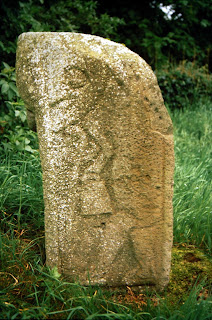Some Hand Crafted Christmas Gift Ideas for Archaeologists

Christmas is coming and I wanted to put together a blog post to highlight the work of archaeologists (including recovering archaeologists) and affiliated fellow travelers involved in various artistic and craft activities. In a world already overrun with mass-produced items that rely on increasingly extended and strained supply lines, I wanted to highlight some handcrafted items that will inspire joy this festive season. Over the course of the pandemic I’ve overcome the legacy of my Secondary School woodwork teacher who, on every available occasion for five years, told me I was rubbish and taken up woodturning. If you want to see some of my stuff, they’ll be at the end of the post, but I wanted to use whatever platform this blog allows me to share the work of others too … take a look at some of these gorgeous wares and consider purchasing from them … TrowelMaiden Bryony Moss (@skjaldmaer) is an archaeologist and graduate student that produces all manner of archaeology-inspir...








